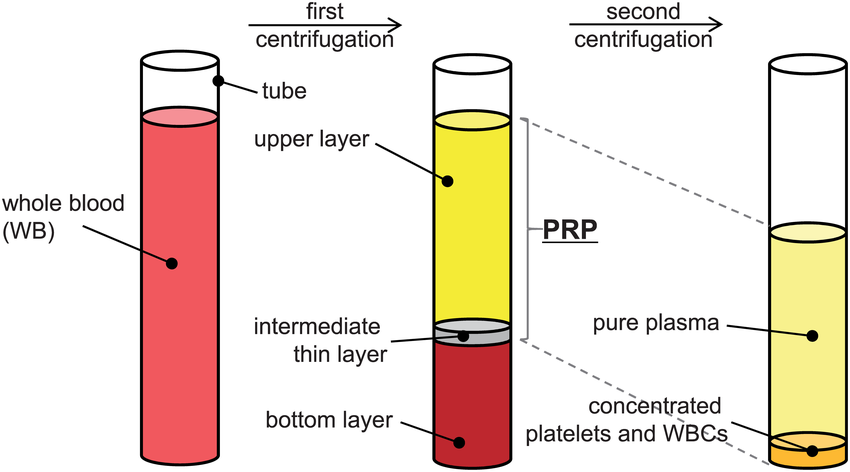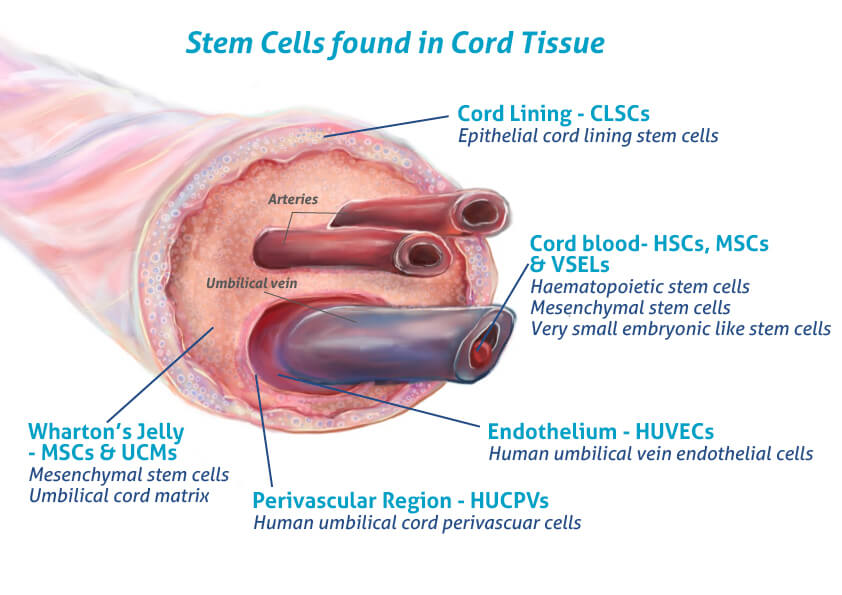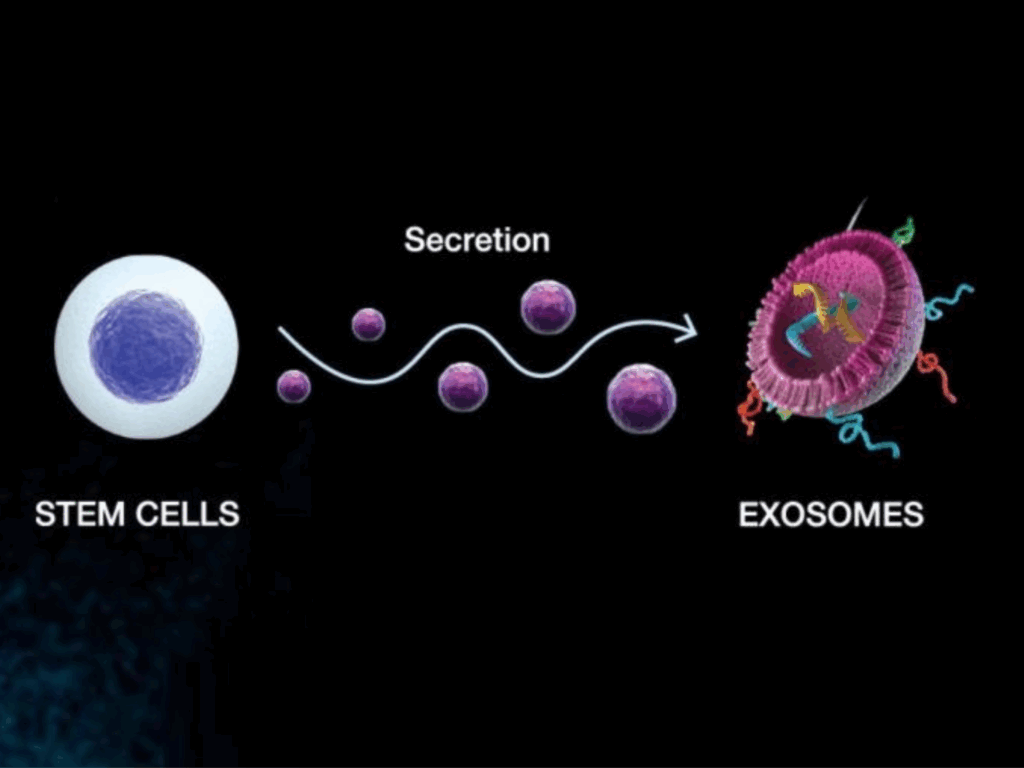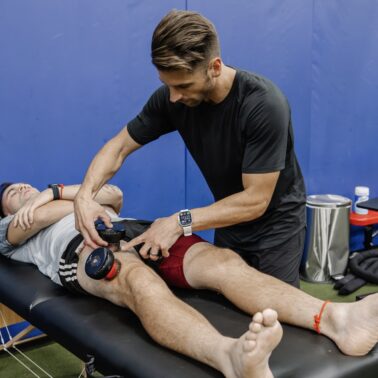Approximate read Time: 20 minutes
“Exosomes are the delivery trucks filled with blueprints and project managers. Peptides are the actual tools and raw materials.”
What You will learn
- Peptides and exosomes are emerging tools in orthobiologics, bridging the gap between rehab and regeneration.
- These therapies offer targeted, cell-signaling support—not magical regeneration.
- Understanding the science through analogies helps demystify complexity for athletes and active adults.
- Expert insights from Dr. Chuck Peterson and Dr. Cam Davis clarify their evolving clinical use.
- Peptides and exosomes can enhance, not replace, smart rehab and movement retraining.
The Landscape Is Expanding—But So Is the Confusion
Platelet Rich Plasma (PRP) changed the conversation. Stem cells shifted it again. And now? Peptides and exosomes are becoming more regular household terms.
But with newer interested into these therapies comes a common challenge: hype without clarity. People hear the terms on podcasts or from pro athletes, but don’t know what these tools actually do—or how they differ from the last generation. Or how to effectively evaluate which may be best for them.
To make this article digestible, we’ll lean into a worksite analogy:
- PRP = the alarm system and cleanup crew
- Stem cells = the general contractors
- Exosomes = delivery trucks filled with blueprints and project managers
- Peptides = the actual tools and raw materials
Let’s explore what these biologics are, how they’re used, and what to know before you consider them.
From PRP to Stem Cells: How We Got Here
PRP (platelet-rich plasma) was the starting point—a simple blood draw and spin to concentrate healing factors. It works by initiating inflammation, cleaning up tissue damage, and kickstarting the repair process.

As stem cell science emerged, we began to isolate more potent healing agents—bone marrow aspirate concentrate (BMAC) and mesenchymal stem cells from umbilical cords. These came with more complexity, cost, and sometimes confusion.

For a deeper understanding, you can check out these other articles too:
- The Evolution of PRP
- How Stem Cell Therapy Supports Healing and Performance
- Regeneration Meets Rehab in Panama
What Are Exosomes?
Exosomes are small, bubble-like structures released by cells—especially stem cells. Inside these microscopic vesicles are powerful cargo: proteins, mRNA, and microRNA that tell other cells what to do.
“Exosomes are like the text messages your body sends to coordinate healing.”
They’re messengers—not builders. But they deliver information that directs your cells to reduce inflammation, grow new tissue, or clean up debris.

Benefits:
- No nucleus = lower risk of immune rejection
- Easier to produce and store than full stem cells
- Can be used systemically (IV) or locally (injection)
What Are Peptides?
“Peptides are the tools you bring to the job site—they don’t tell the body what to do. They help it get the job done.”
Peptides are short chains of amino acids that act like signaling molecules in the body.
The most popular and well-research peptide is BP-157. This peptide has been shown to accelerates healing in various tissues, including skin, muscle, tendon, ligament, nerve, and bone. It is effective in both traumatic and systemic injury models, with consistent positive results in animal studies.
There is other supporting evidence that BP-157 promotes new blood vessel formation (angiogenesis) and restores blood flow in ischemic tissues. It also helps reorganize blood flow after vessel occlusion and protects against thrombosis.
Therapeutic peptide Delivery
When it comes to delivering peptides, injection is still king. Whether it’s intravenous, subcutaneous, or intramuscular, these routes offer the most reliable way to get peptides where they need to go—because the truth is, peptides don’t survive the chaos of the digestive system very well. They break down quickly in the gut, and oral forms often lose their potency before they can make a real impact.
To make life easier (and reduce the number of needle pokes), some clinics use sustained-release injections—think biodegradable depots or small implants that slowly release peptides over time. It’s a smart way to support long-term effects without weekly visits.
As for alternatives like oral, nasal, transdermal, or even ocular delivery? They’re on the research radar, but bioavailability is still the big challenge. These routes show promise, but for now, they’re less common in clinical practice due to low absorption and inconsistent results.
Insights from the Experts: Dr. Chuck Peterson & Dr. Cam Davis
In a recent episode of Finding Small Wins, I sat down with two of the leading voices in sports orthobiologics in the Arizona area, Dr. Chuck Peterson and Dr. Cam Davis.
We covered:
- Why inflammation isn’t the enemy—it’s part of healing
- The difference between “treatment” and “cure”
- Why choosing the right intervention depends on your goals, age, and expectations
- Ethical considerations and financial realities in the U.S. vs abroad
🎧 Listen to the full conversation
What’s on the Horizon?
Imagine 3D-printed cartilage grown with your own cells, embedded with peptides and scaffolded with exosomes. Chuck and Cam both envision this future—not as fantasy, but as the next big leap.
The goal isn’t eternal youth—it’s precision repair that allows people to live, move, and train longer with less surgical intervention.
Until then, the goal is to slow degeneration, not just mask symptoms.
Final Thoughts: Precision, Not Promises
Peptides and exosomes aren’t magic. But they are powerful tools when used wisely. They work best when paired with:
- Rehab that respects the biology of tissue healing
- Movement strategies that offload stress and restore coordination
- Patient education that reframes expectations
“You can’t inject your way out of bad movement. But you can use biologics to make your movement matter more.”
If you’re considering peptides or exosomes:
- Ask what they’re targeting
- Pair them with a strong rehab plan
- Work with providers who can explain the why—not just the how
Recommended Podcast
Similar Articles
- How Stem Cell Therapy Supports Healing and Performance
- Regeneration Meets Rehab in Panama
- The Evolution of PRP
References
S. Seiwerth et al. “Stable Gastric Pentadecapeptide BPC 157 and Wound Healing.” Frontiers in Pharmacology, 12 (2021). https://doi.org/10.3389/fphar.2021.627533.
Daniel Gwyer et al. “Gastric pentadecapeptide body protection compound BPC 157 and its role in accelerating musculoskeletal soft tissue healing.” Cell and Tissue Research, 377 (2019): 153 – 159. https://doi.org/10.1007/s00441-019-03016-8.
M. Hsieh et al. “Therapeutic potential of pro-angiogenic BPC157 is associated with VEGFR2 activation and up-regulation.” Journal of Molecular Medicine, 95 (2017): 323-333. https://doi.org/10.1007/s00109-016-1488-y.
Yajie Zhang et al. “Just How Prevalent are Peptide Therapeutic Products? A Critical Review.” International journal of pharmaceutics, 587 (2020): 119491 – 119491. https://doi.org/10.1016/j.ijpharm.2020.119491.
Akshay Yadav et al. “Recent Advances in Protein and Peptide Drug Delivery.” Research Journal of Pharmaceutical Dosage Forms and Technology, 12 (2020): 205-212. https://doi.org/10.5958/0975-4377.2020.00035.x.
N. Nhàn et al. “Ocular Delivery of Therapeutic Agents by Cell-Penetrating Peptides.” Cells, 12 (2023). https://doi.org/10.3390/cells12071071.
Andrew L. Lewis et al. “Challenges in the delivery of peptide drugs: an industry perspective..” Therapeutic delivery, 6 2 (2015): 149-63 . https://doi.org/10.4155/tde.14.111.



